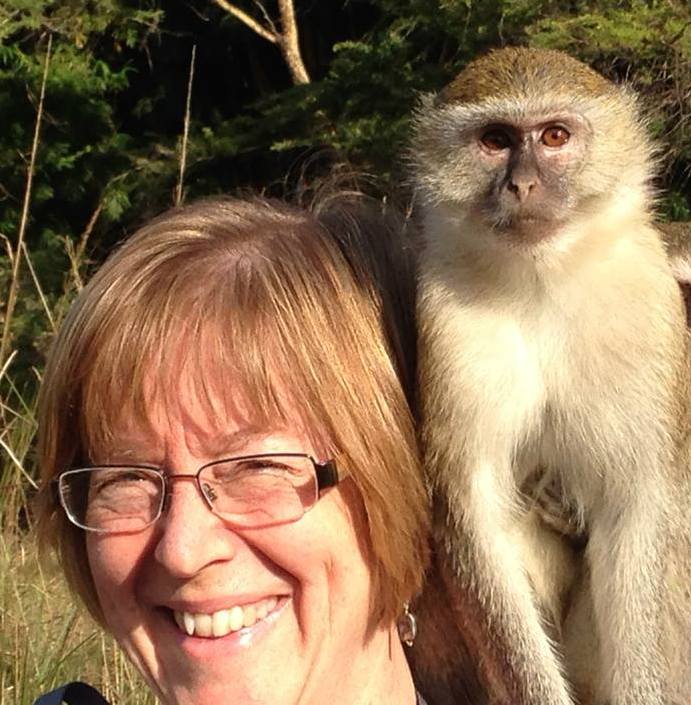Welcome to the forums at seaphages.org. Please feel free to ask any questions related to the SEA-PHAGES program. Any logged-in user may post new topics and reply to existing topics. If you'd like to see a new forum created, please contact us using our form or email us at info@seaphages.org.
Recent Activity
All posts created by ettingera
| Link to this post | posted 09 Jun, 2021 22:51 | |
|---|---|
|
|
Gonzaga has an opening for a Lab Coordinator staff position. This position is to coordinate the SEA-PHAGES Discovery labs, ~12 labs/semester, and teach 3-4 labs per semester. It is a 10 mo permanent position with great benefits and in a beautiful part of the US! The position closes 6/24 and will start 8/1/21. Check out the link below and please share this info with those who might be interested. Contact me (Ann-Scott Ettinger, ettingera@gonzaga.edu) or Dr. Kirk Anders (anders@gonzaga.edu) if you have questions. Details and Application HERE |
| Link to this post | posted 23 May, 2019 21:09 | |
|---|---|
|
|
Hi, Debbie- After switching to the M. foliorum phage from M. smegmatis phage our DNA has been more smeary in general, and doesn't consistently cut as cleanly. In our Genetics/Bioinformatics part of our bio series we run ~300 ng, uncut DNA next to Sal I cut DNA prior to cloning the fragments into pBluescript plasmids, and then sequence analysis of the interesting clones. Gels were run overnight at 25V. We do NOT put Restriction Digest Buffer in our Uncut samples. The uncut DNA is mixed with sterile water and 6X load dye (no SDS, but contains EDTA) before loading, and this has worked well to protect DNA from degrading. Our cloned phage DNA fragments this semester matched to about 50% EE and/or EG phage, and 50 % M. foliorum bacterial fragments. Why so much bacterial DNA ligated into our plasmid? My summer project is to try another enzyme, Nsp1, on these phage since it appears to cut previously sequenced M. foliorum phage more consistently than Sal I. Results later…. None of the smeary phage DNA samples, shown in gels attached, was successfully ligated into the plasmid we use, pBluescript. It ran smeary, and didn't cut cleanly….Interesting! -Ann-Scott |
Posted in: Phage Biology → DNA Smear


 2.05Mb
2.05Mb